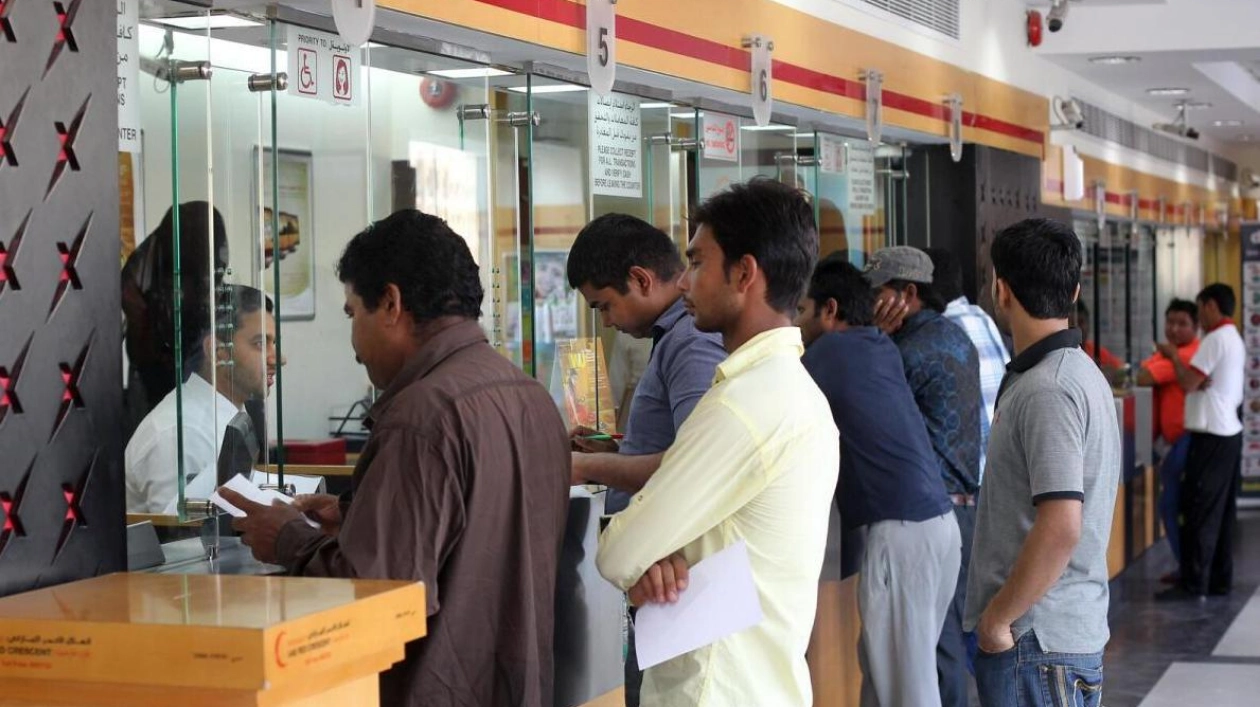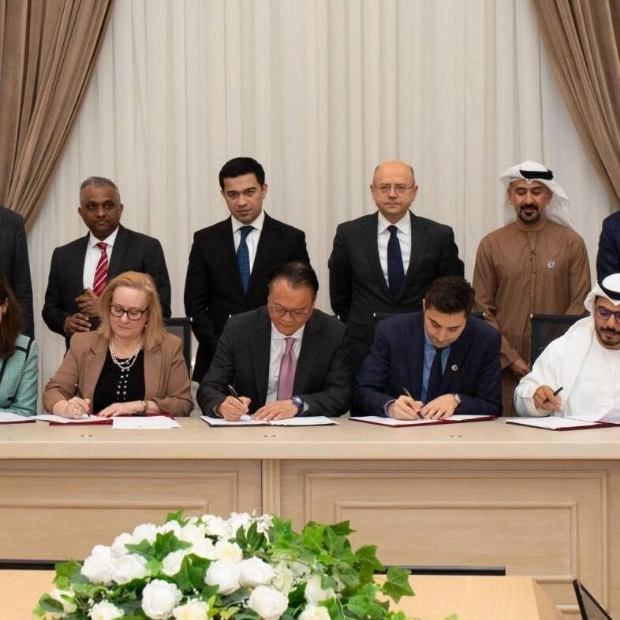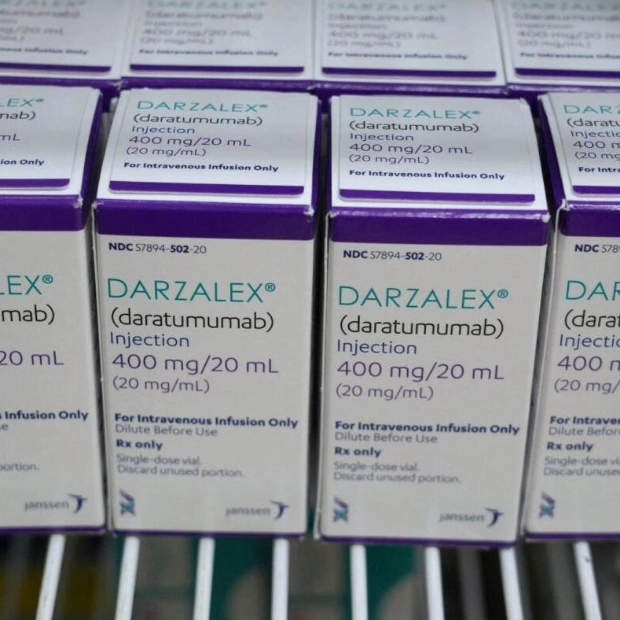Last year, the UAE experienced a nearly three percent decrease in remittance outflows, totaling $38.5 billion (Dh141.3 billion), down from $39.67 billion (Dh145.5 billion) in the previous year, as reported by the World Bank.
Data indicates a consistent decline in outward remittances over the past four years, following a peak in 2019 at $52.88 billion (Dh194 billion). The World Bank's latest Migration and Development report noted that remittances from Saudi Arabia and the UAE have slowed, partly due to adjustments post-pandemic.
Ranking as the 8th largest global destination for migrant workers, the UAE hosts 8.71 million individuals, predominantly from India, Pakistan, the Philippines, the UK, Egypt, Sri Lanka, Lebanon, and China. Remittances from GCC countries to recipient nations dropped by 13 percent in 2023 compared to 2022, reversing the upward trend observed from 2010 to 2019.
The World Bank attributes the decline to post-Covid adjustments and recent Saudi policies allowing migrant workers to bring their families, potentially reducing remittances to countries like Pakistan and some North African nations.
Globally, India led in remittance inflows in 2023 with an estimated $120 billion, followed by Mexico ($66 billion), China ($50 billion), the Philippines ($39 billion), and Pakistan ($27 billion). The World Bank suggests that informal channels likely facilitated a significant portion of remittances to Pakistan in 2023.
The UAE has regulated informal money transfer systems, requiring registration. The World Bank forecasts a 3.7 percent growth in remittances to India, reaching $124 billion in 2024, and a 4 percent increase to $129 billion in 2025. For Pakistan, remittance flows are expected to grow by 7 percent to $28 billion in 2024 and by 4 percent to $30 billion in 2025.






